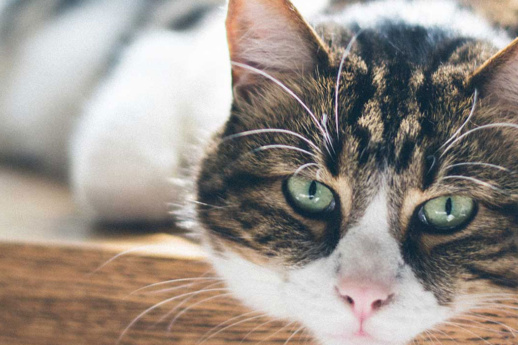Standard of Care
Most people visit their physicians at least once yearly for routine checkups. These visits usually include an exam by the doctor and bloodwork that screens for hidden problems. Yearly bloodwork aids the physician in identifying potential problems the patient may have, but unable to see on physical exam. It has always been more beneficial to treat problems early in the disease course as opposed to the advanced disease state. The outcome for the patient as well as their quality life is more favorable with early intervention.
Veterinarians have always practiced preventative medicine with vaccines, heartworm and flea/tick medications etc. Overall as a profession however, we have been reluctant, largely due to cost, to recommend routine bloodwork as part of preventative care until the patient presents with a problem. Throughout the country, experts are recommending screening bloodwork as part of a pets annual or semi-annual checkups. Pets who visit their veterinarian once yearly equate to a human visiting their physician once every 7 years. As you can imagine, alot can happen health wise to a person in 7 years, especially as we age. Anticipating an increase volume of bloodwork due to this changing philosophy, veterinary labs are making these tests more affordable for the veterinarian to recommend to pet owners.
For instance, 1 in 6 patients under 6 years of age and 1 in 5 over the age of 6 have a significant health issue diagnosable on screening bloodwork. In my experience, outcome is always more favorable and less expensive when the disease is diagnosed and treated early in its course. Several times monthly, I diagnose early kidney failure in a patient on routine screening tests. The importance of this particular test is that the patient can live 600 days with early intervention as opposed to 180 days if diagnosed later in the disease course. Therefore, in order to improve our standard of care for our patients, we will be recommending screening bloodwork at annual and semi-annual visits.
As always, if anyone has any questions related to the monthly health columns, please feel free to call the office.



















